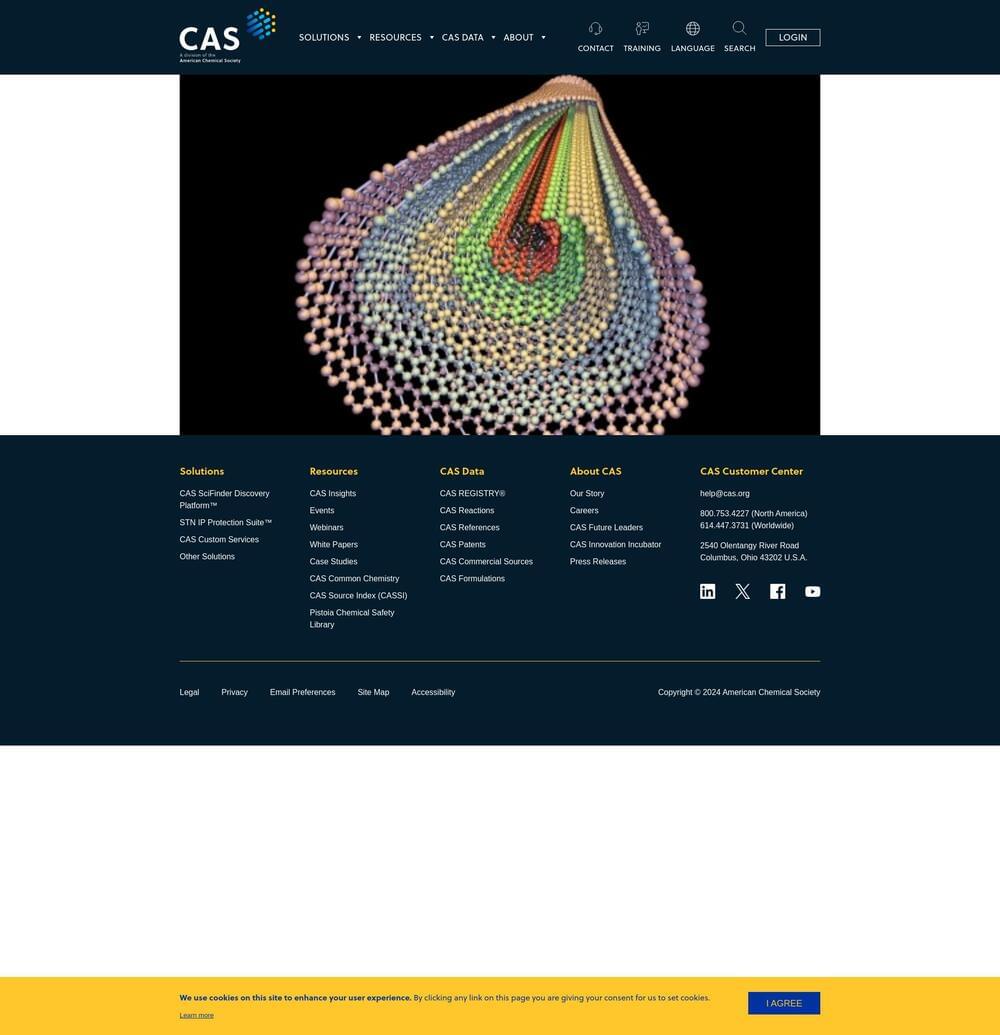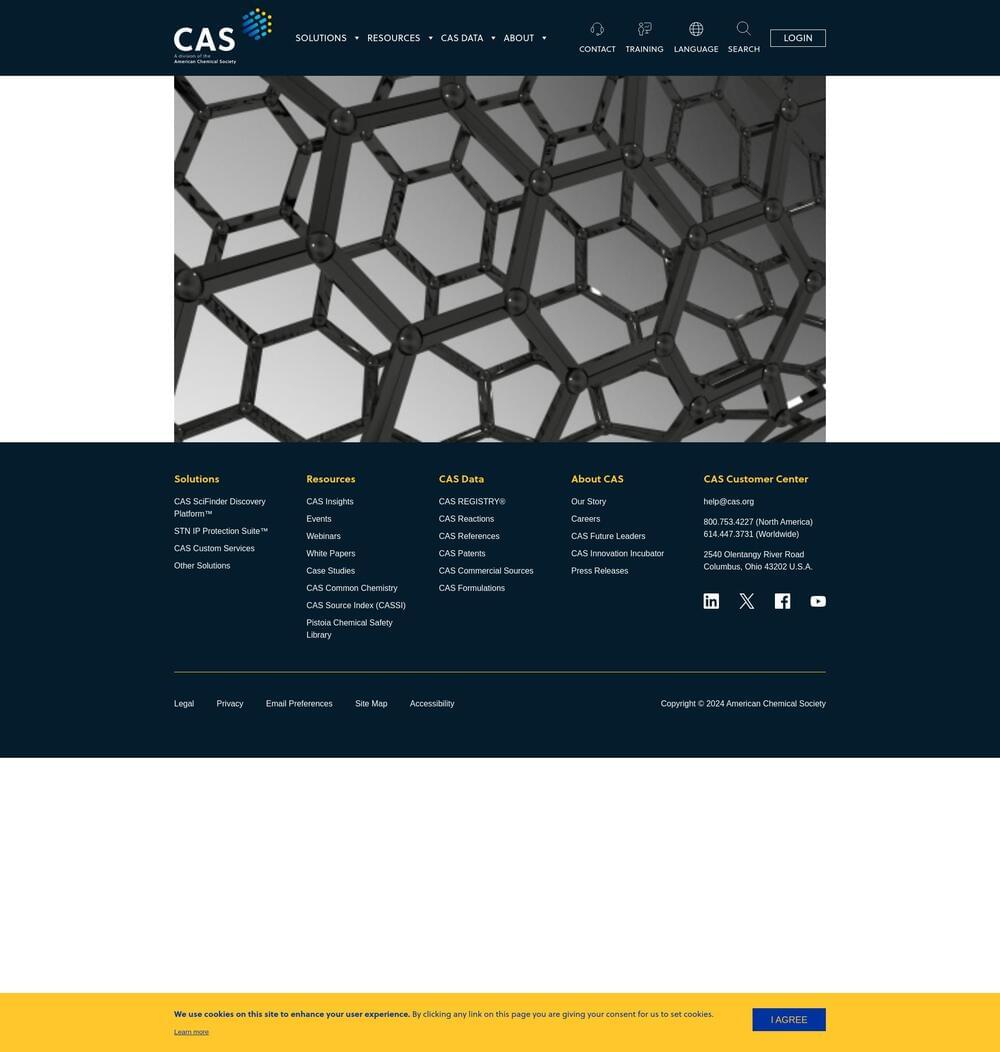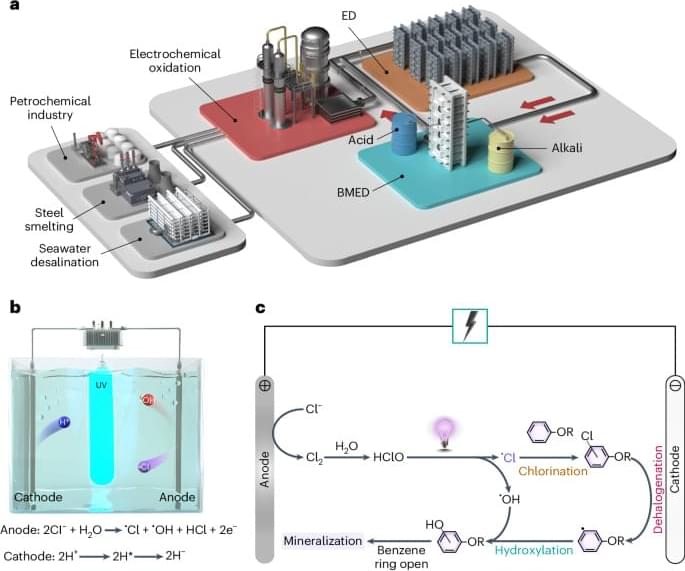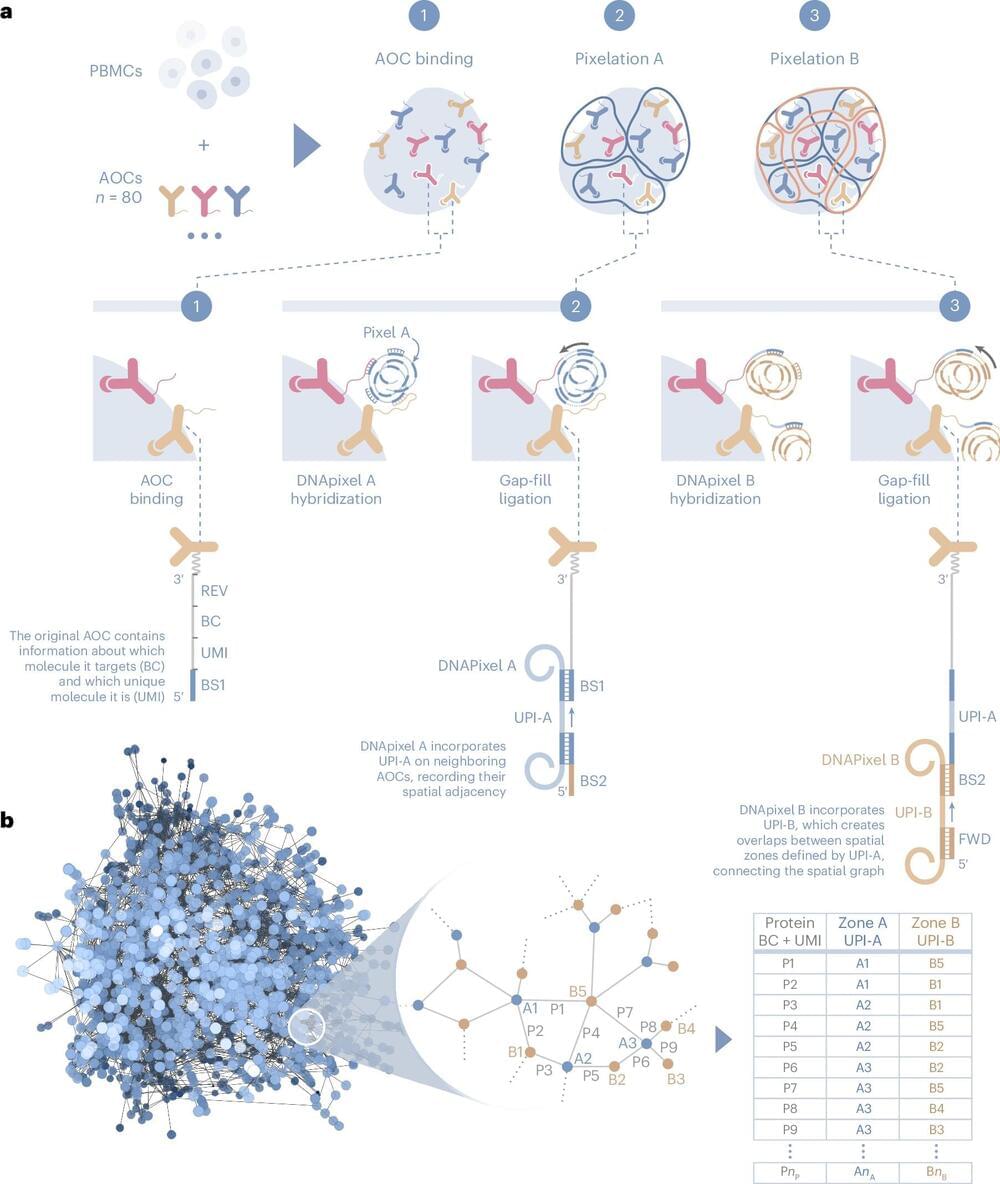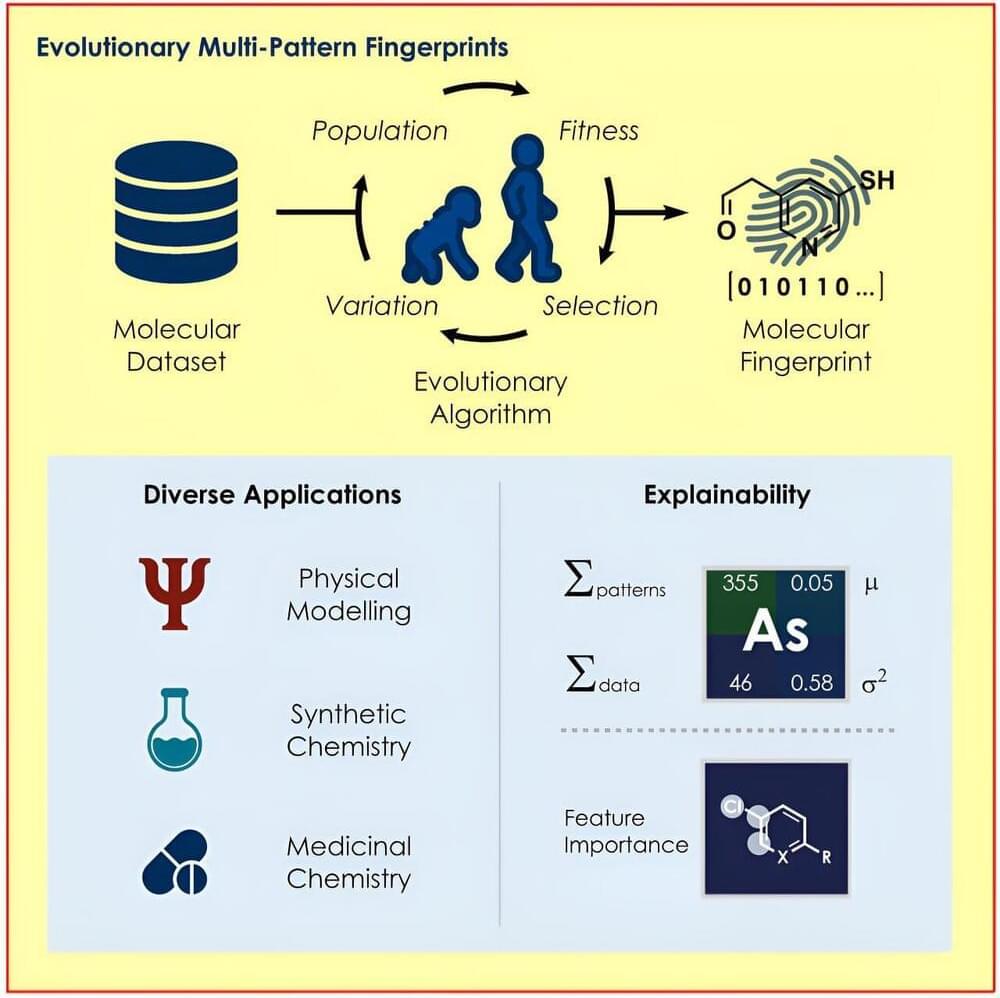This biomaterials Insights Report explores eight key areas transforming healthcare with self-healing implants, targeted drug delivery, and more.
Carbon nanotubes (CNTs) are nanometer-scale structures with immense potential to improve different materials, but inconsistencies in their chemical and electrical properties, purity, cost, and concerns over possible toxicity present ongoing challenges. CNTs are a one-dimensional carbon allotrope made of an sp2 hybridized carbon lattice in a cylindrical shape. Single-walled CNTs are a simple tube, while multi-walled CNTs are nested concentrically or wrapped like a scroll (Figure 1).
These nanoscale materials feature a high Young’s modulus and tensile strength and can have either metallic or semiconducting electrical properties. Controlling their atomic arrangement (chirality) affects their conductivity, and because of this, researchers have been trying to understand how synthesis parameters can be used to generate CNTs with predictable electrical properties. The development of various chemical vapor deposition (CVD)-based recipes within the last 20 years to synthesize CNTs has improved this situation.
As we’ve seen in our analysis of the CAS Content Collection™, the world’s largest human-curated collection of published scientific information, the increase in patent activity indicates a high amount of interest in commercial applications for CNTs (Figure 2).
Discover the emerging landscape of single walled carbon nanotubes, the new applications and approaches across industries, and what future opportunities they offer.
A flow-through redox-neutral electrochemical reactor–electrodialysis system has been developed to recover water, alkali and acids from hypersaline wastewaters. This accelerates a shift in ‘zero-discharge’ technology from energy-intensive steam-driven to energy-efficient electrically driven processes.
In 2024, security teams face new opportunities and obstacles, such as escalating geopolitical tensions, stricter compliance mandates, and the rise of generative AI — which will transform the industry in new and unexpected ways.
In the State of Security 2024: The Race to Harness AI, we identify organizations that are pulling ahead of their peers and share key characteristics and findings.
Researchers from Karolinska Institutet, together with Pixelgen Technologies, have developed and applied a technique that makes it possible to map proteins in individual cells in a completely new way. Not only is it now possible to measure the amount of proteins, but also how they are distributed in the cell’s membrane and how they interact with each other.
To try everything Brilliant has to offer—free—for a full 30 days, visit https://brilliant.org/FloatHeadPhysics. You’ll also get 20% off an annual premium subscription.
Let’s explore why faster than light signals reverse time and break causality. Why they can make effects occur before cause, causing time paradoxes.
This video is sponsored by Brilliant.
Researchers say this novel device, barely larger than a human hair, functions as an artificial synapse, mimicking the brain’s unique ability to process and share information.
“The brain’s computing principles (neurons connected by synapses) and information carriers (ions in water) both differ fundamentally from those of conventional computers,” researchers wrote. “Building on this distinction, we present an aqueous memristor that emulates the brain’s short-term synaptic plasticity features through ion transport in water, mirroring the natural processes in the brain.”
In their findings, recently published in the Proceedings of the National Academy of Sciences, researchers highlighted that the iontronic memristor marks a significant departure from earlier models designed to mimic the brain’s communication pathways. Moreover, the device uniquely emulates the dynamic processes of human synapses in real time, using only salt and water to closely replicate how neurons transmit information naturally.
ChemCrow, an AI developed by researchers at EPFL, integrates multiple expert tools to perform chemical research tasks with unprecedented efficiency.
Chemistry, with its intricate processes and vast potential for innovation, has always been a challenge for automation. Traditional computational tools, despite their advanced capabilities, often remain underutilized due to their complexity and the specialized knowledge required to operate them.
AI Revolution in Chemistry.
A team led by Prof Frank Glorius from the Institute of Organic Chemistry at the University of Münster has developed an evolutionary algorithm that identifies the structures in a molecule that are particularly relevant for a respective question and uses them to encode the properties of the molecules for various machine-learning models.

